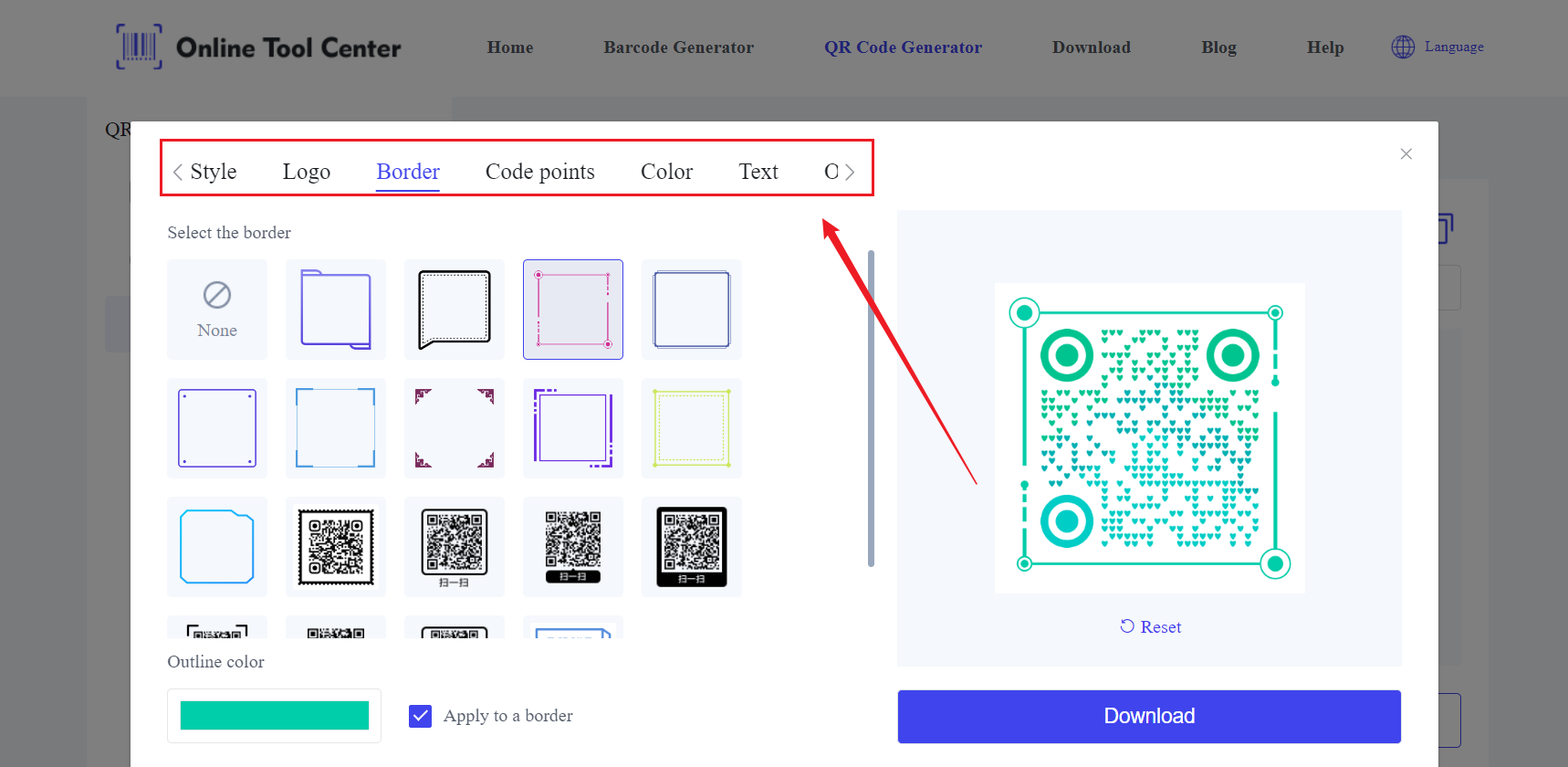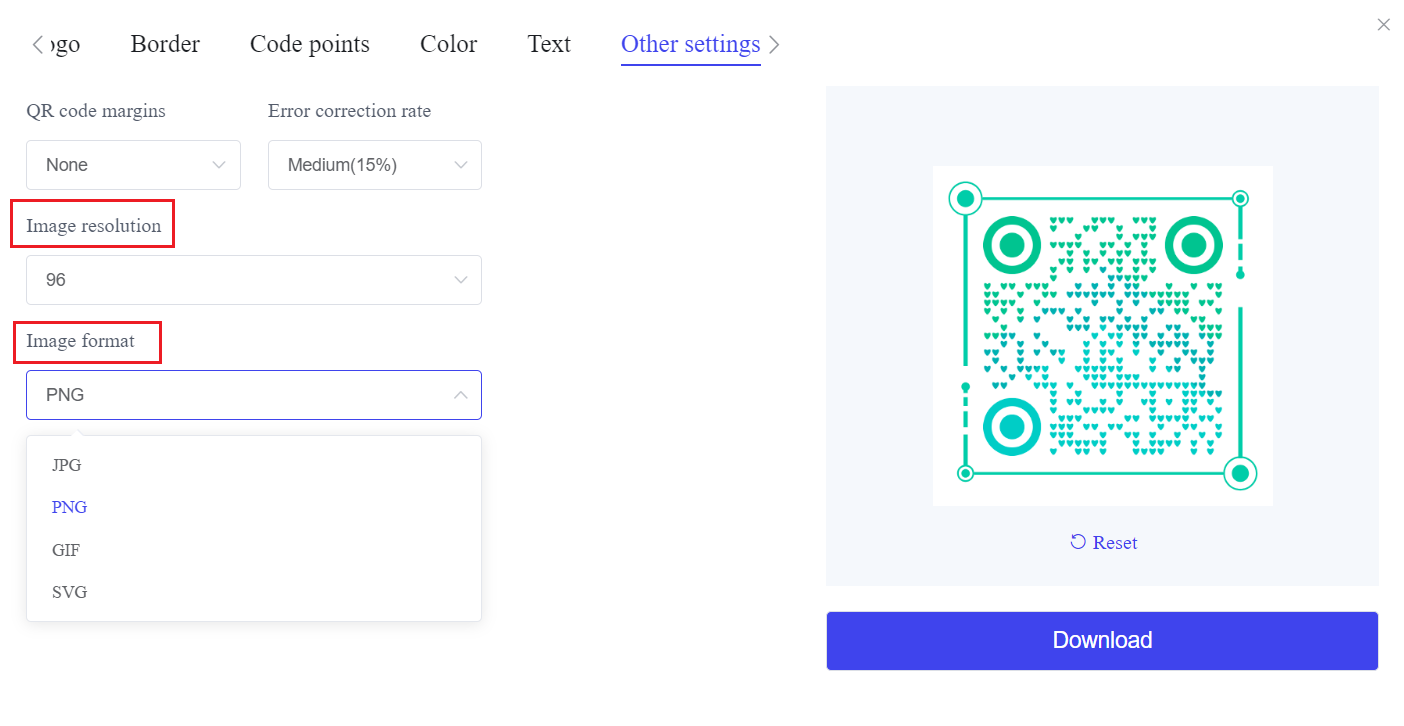QR codes have become an essential tool for businesses to connect with their audience.
However, a plain black-and-white QR code might not reflect your brand's personality. Customizing QR codes to align with your brand identity can enhance recognition, foster trust, and improve user engagement.
This article will guide you through the process of creating a QR code brand identity, complete with practical tips and branded QR code examples.
Why Customize Your QR Codes?
Customizing QR codes offers numerous benefits for businesses:
● Brand Recognition: A custom QR code that incorporates your brand's colors, logo, or other elements can be instantly recognizable.
● Enhanced Aesthetics: A visually appealing QR code can attract more scans compared to a generic one.
● Trust and Credibility: A branded QR code reassures users that it is safe to scan, especially if it looks professional and familiar.
● Consistent Branding: Maintaining consistency across all marketing materials, including QR codes, reinforces your brand's identity.
How to Customize Your Brand QR Codes?
1. Choose the Right QR Code Generator
The first step in creating a custom QR code is selecting a free online QR code generator.
This generator offers customization options, such as color changes, logo embedding, and design templates. Also, has an easy-to-use interface with a variety of customization features to help you create a unique QR code.
2. Select a QR Code Type
Determine the purpose of your QR code. Common types include:
Website URL: Direct users to your website.
Contact Information: Share your contact details easily.
Social Media: Link to your social media profiles.
Event Details: Provide information about an upcoming event.
3. Customize the Design
Once you've chosen the QR code type, you can start customizing its design:
● Colors: Use your brand's color palette. Ensure there is enough contrast between the foreground and background for the code to be scannable.
● Logo: Embed your logo at the center of the QR code. Make sure it doesn't obscure the code's functionality.
● Shapes and Patterns: Some QR code generators allow you to change the shapes of the code's dots and patterns. Choose shapes that align with your brand's style.
● Frames and Text: Add a frame around your QR code with a call-to-action (e.g., “Scan Me!”) to guide users.

4. Test the QR Code
Before printing or sharing your customized QR code, test it with multiple devices to ensure it scans correctly. Verify that it leads to the intended content and that all embedded information is accurate.
5. Download and Use
Once you're satisfied with your custom QR code, download it in a high-resolution format. Use it on your marketing materials, such as business cards, flyers, packaging, and digital platforms.

Branded QR Code Examples
To inspire your customization process, here are some branded QR code examples:
1. Coca-Cola: Uses red and white colors with their iconic logo in the center, maintaining brand consistency.
2. Spotify: Features the green brand color and the Spotify logo, directing users to music playlists.
3. Starbucks: Includes the green palette and the mermaid logo, linking to promotional campaigns or the mobile app.
These examples demonstrate how effective a well-designed QR code can be in promoting brand identity.
Best Practices for QR Code Branding
● Simplicity: Keep the design simple to ensure the QR code remains scannable.
● Consistency: Use consistent design elements across all your QR codes.
● Quality: Always use high-resolution images for printing to maintain the quality of the QR code.
● Placement: Place QR codes in visible and easily accessible locations.
Ultimately, creating a QR code brand identity is a powerful way to enhance QR code marketing strategy.
By customizing your QR codes, you can ensure they not only serve their functional purpose but also align with your brand's aesthetics.
Use a free online QR code generator to create unique and professional QR codes that stand out.




